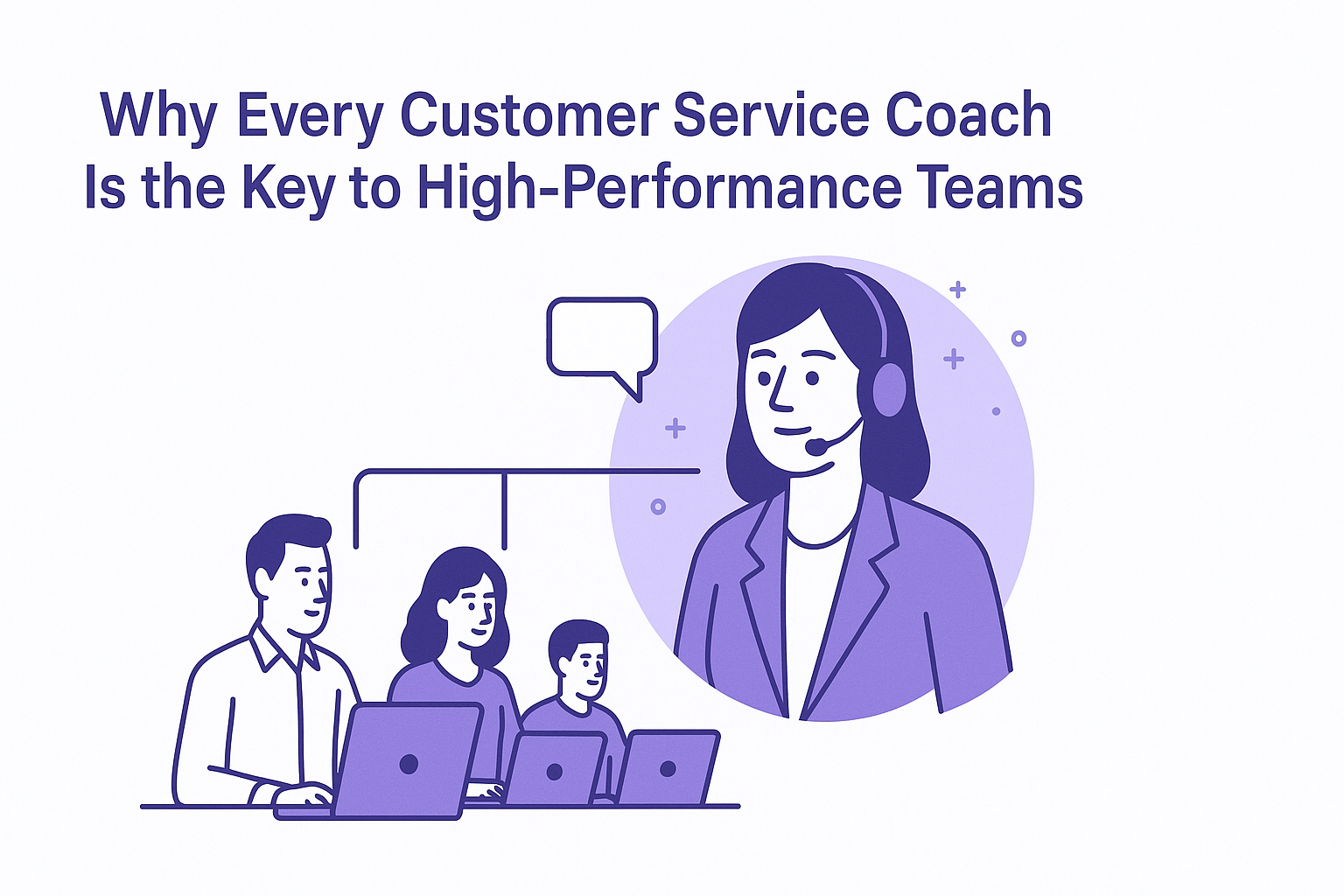Customer Analytics Examples: Must-Read Guide
-
Hello Insight
- 10 min read
Organizations today face an evolving landscape as they strive to understand their customers better. The Customer Insights Guide serves as an essential resource for businesses aiming to transform data into actionable strategies. By exploring effective approaches within analytics, businesses can derive meaningful insights that drive growth and enhance customer engagement.
This guide will delve into various aspects of customer analytics, illustrating how organizations can capitalize on their data. With real-world examples and clear methodologies, readers will come to appreciate the power of customer insights in shaping decision-making processes and refining marketing tactics. As the world continues to revolve around customer-centricity, mastering these analytics becomes crucial for maintaining a competitive edge.
Generate visualizations from your qualitative data. At Scale.

Understanding Customer Analytics: A Comprehensive Customer Insights Guide
Customer analytics is a powerful tool that enables businesses to gain a deeper understanding of their customers. By analyzing data from various touchpoints, companies can uncover valuable insights about customer behavior, preferences, and needs. This comprehensive Customer Insights Guide serves as a framework for navigating the complex world of customer analytics, allowing businesses to make informed decisions that drive success.
To truly harness the potential of customer analytics, it's essential to adopt a systematic approach. Start by gathering data through surveys, interviews, or transactional records. Next, analyze this data to identify patterns and trends that reveal customer sentiments and pain points. Lastly, apply these insights to refine marketing strategies and enhance customer experiences. By following this structured method, businesses can turn data into actionable insights and foster stronger relationships with their customers.
What is Customer Analytics?
Customer analytics involves the systematic examination of customer data to derive meaningful insights about their behavior, preferences, and needs. By analyzing various data sources such as purchase history, interactions, and feedback, businesses can gain a deeper understanding of their customers. This understanding helps organizations tailor their offerings and enhance customer experiences.
The aim of customer analytics is to turn raw data into actionable insights. These insights enable businesses to identify trends, anticipate customer needs, and improve marketing strategies. Organizations that effectively utilize customer analytics can enjoy increased customer satisfaction and loyalty. In essence, customer analytics serves as a key component of any customer insights guide, transforming data into a strategic asset that drives business growth. This capability is becoming increasingly essential as competition rises, making it vital for businesses to stay ahead by understanding their customers better.
Importance of Customer Analytics in Business
In today’s competitive business environment, understanding customer behavior is crucial for success. The importance of customer analytics lies in its ability to convert raw data into actionable insights that drive strategic decision-making. By understanding customer preferences and behaviors, businesses can tailor their offerings and improve customer experiences, thereby fostering loyalty and enhancing revenues.
Moreover, effective customer analytics facilitates timely responses to market changes and customer needs. Companies that invest in analyzing customer data can identify trends faster than their competitors, allowing them to innovate and adapt proactively. Ultimately, harnessing the power of customer insights enables businesses to not only engage effectively with current customers but also attract new ones. In this way, the approach transforms from a reactive to a proactive business strategy, positioning companies to thrive in an ever-evolving marketplace.
Evaluate Performance on Customer Calls for Quality Assurance.
Exploring Examples of Customer Analytics: Your Go-To Customer Insights Guide
In the ever-evolving realm of customer analytics, exploring real-world examples serves as an invaluable resource for understanding effective strategies. Your go-to customer insights guide can illustrate how different businesses harness data to create tailored experiences for their clients. From case studies showcasing enhanced personalization through customer data to predictive analytics that boosts customer retention, these examples draw a clearer picture of actionable practices that can be embraced.
Focusing on specific instances of customer analytics not only demystifies complex techniques but also highlights practical applications. Each case reveals how organizations interpret customer behaviors and preferences, ultimately steering strategic decision-making. By absorbing these insights, businesses can optimize their processes, create deeper customer connections, and drive meaningful engagement across various touchpoints. This guide empowers organizations to adopt best practices in customer analytics while enhancing their overall business performance.
Case Study: Leveraging Customer Data for Enhanced Personalization
In our case study, we examine how organizations can transform customer data into personalized experiences. By gathering insights from interactions, businesses can better understand individual preferences and needs. This not only enhances the customer journey but also fosters loyalty, as customers feel more valued and understood.
To effectively utilize customer data, consider the following key strategies:
- Data Collection: Ensure comprehensive data gathering through surveys, feedback forms, and direct interactions. This information is the foundation for personalized strategies.
- Segmentation: Analyze the data to identify distinct customer groups based on behavior and preferences. This allows for tailored messaging and offers.
- Feedback Loop: Establish a responsive feedback mechanism to continuously refine customer experiences based on their input. This keeps the strategy dynamic and relevant.
- Integration of Technology: Utilize advanced analytics platforms to automate data processing and gain actionable insights quickly.
These strategies create a framework that empowers businesses to harness customer insights effectively, driving improved engagement and satisfaction.
Case Study: Predictive Analytics in Customer Retention
Predictive analytics plays a pivotal role in customer retention by utilizing historical data to forecast future behaviors. Companies collect and analyze various data points, such as purchase history and customer feedback, to predict which customers are at risk of churning. By generating targeted interventions, businesses can significantly prolong customer relationships and enhance loyalty.
The success of predictive analytics lies in its ability to provide actionable insights. For instance, organizations can identify patterns indicating dissatisfaction and proactively address these issues through personalized offers or exceptional customer service. This not only reduces churn rates but also increases overall revenue, making it an essential strategy for customer retention. Embracing predictive analytics allows businesses to transform data into meaningful customer insights, ultimately creating a win-win situation for both the company and its customers.
Conclusion: Final Thoughts on Leveraging the Customer Insights Guide
In conclusion, the Customer Insights Guide serves as an invaluable resource for making informed decisions based on customer data. By understanding the various analytics techniques outlined, businesses can identify their customers' needs and preferences more effectively. This knowledge empowers organizations to enhance customer experiences and drive engagement.
Reflecting on the insights gathered through this guide, businesses are encouraged to implement strategic changes based on their findings. As you explore the examples and case studies provided, think about how you can apply these lessons in your own context. Ultimately, the goal is to transform customer insights into actionable strategies that promote growth and foster loyalty.






